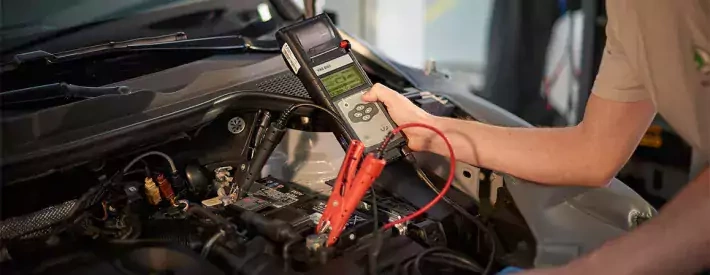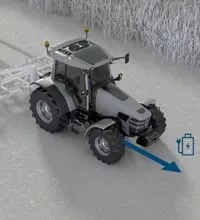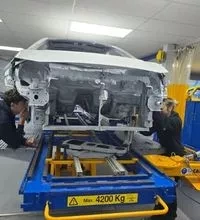What can we learn from the What Car? MOT investigation?

The consumer magazine has uncovered a section of passed vehicles that should have failed their MOTs, but is it something the industry needs to worry about?
Approximately 1 in 3 vehicles fail MOT testing. The framework detailing the Methods of Inspection (MoI) should ensure that the remaining two thirds meet the criteria of a “Pass” certificate.
But a freedom of information request from consumer motoring magazine What Car? showed that the DVSA MOT Compliance Survey found 13.58% of vehicles that passed MOT should have failed. When applied to the UK Parc, this could mean more than 2.9 million vehicles in use have faults that should be rectified to make them road worthy.
That’s prompted a lot of discussion in the industry, with some questioning the robustness of the 40 million tests that are conducted in around 23,000 garages by 66,000 testers every year.
Double checking the results
As part of the survey a team of expert vehicle examiners retested a randomly selected sample of 1,671 vehicles that had already been examined, disagreeing with testing outcomes in 16.82% of cases; 3.23% of failures were deemed worthy of a pass certificate. If the cited 70.1% of cases that the survey found to have at least one defect incorrectly recorded or missed refers to the disputed 16.82% case – that would make approximately 197 vehicles subjected to an incorrect outcome.
After completing the survey, the DVSA issued 24 disciplinary action recordings and 179 advisory warning letters to the vehicle test sites it had visited. Collectively the sites were responsible for 12.1% of all vehicles retested during the survey.
Steve Huntingford, editor of What Car? said: “Our investigation has shown the significant differences between the DVSA’s own testing standards and those upheld by some in the industry. This poses a serious concern, with potentially hazardous vehicles being allowed to remain on the road, putting their drivers and other road users at risk. It also complicates matters for used buyers who often rely on a vehicle’s MOT history as an indicator for a car’s safety and reliability.”
Unsafe vehicles operating on our roads is a concern for everyone and Huntingford’s comments also highlight the inappropriate use of MOT history to determine roadworthiness. Advice is clearly outlined by the DVSA, and many other organisations, explaining the MOT certificate confirms at the time of testing the vehicle has met the minimum road safety and environmental standards required by law. Evidence of regular servicing and repair is a far better method to forecast future reliability but is not as easy to research online.
Chris Price, DVSA’s Head of MOT Policy, said: “We carry out the MOT Compliance Survey to maintain MOT standards. The survey targets a random selection of vehicles and is designed to identify problems with MOT testing in order that we can put them right. The public can play their part in maintaining high MOT standards by reporting any concerns to us on GOV.UK.”
The survey is a critical part in the DVSA’s strategy to improve consistency in testing standards, coupled with sophisticated artificial intelligence and the experience of the agency, hotspots of potential concern can be swiftly investigated and changed.
In addition, the DVSA survey provides valuable insight that can develop the syllabus for future Continuous Professional Development and the architecture of the MOT testing portal. If faults are regularly incorrectly recorded, this may identify a need for adjustment to how the information is presented to the tester, providing a more intuitive experience when recording faults. Misunderstanding of MoI’s as well as digital competency can contribute to a wavering standard.
Education will continue to be required, for all participants engaged with the MOT system, working together to improve standards, and take a step closer to the goal of testing perfection.




